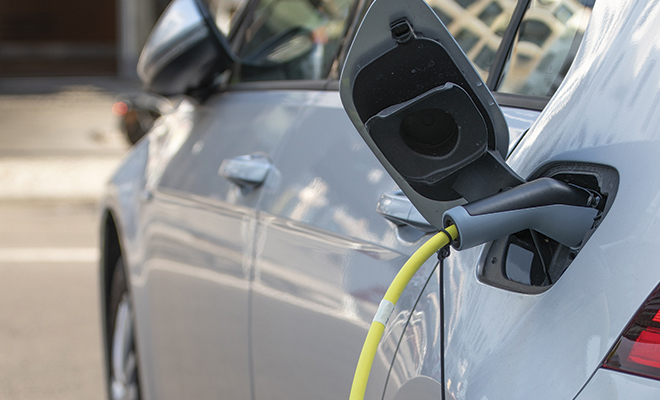
Love Them or Hate Them, EVs are Here to Stay!
In 2022, 4.3 million new battery electric vehicles and plug-in hybrid electric vehicles (PHEVs) were delivered globally, and the market is increasing every day. In the United States and Canada, EV sales increased by 49 percent from January to June, or H1, for the last several years despite a weak market for light vehicles in general.
Tesla leads the field in EVs with sales of 565,000 units in H1. Coming in second was the Chinese company BYD with sales of 641,000 units when totaled with their PHEV sales. Also in China, the neighborhood electronic vehicles increased their sales by a staggering 113 percent. These small vehicles putter along at 25 mph and carry a maximum load of 3,000 pounds.
To spur this increase in EV, and to relieve the constant demand for more gasoline and other petroleum products, the Biden administration has legislated tax cuts for domestic battery manufacturing. Their goal is to reduce dependence on Chinese supplies and accelerate the transition to a cleaner energy source. One sweet initiative is a tax credit of $35 per kilowatt-hour for each U.S.-made cell. This alone will reduce costs by a third for car manufacturers. Tesla, General Motors, Ford and their Korean partners, LG Energy and SK On are lining up to benefit from this tax break.
Fuel economy is a primary reason people are switching to EVs. Even in states where electricity is expensive, it is still over 50 percent cheaper than gasoline. According to the EPA, a Model 3 Tesla costs about $550 per year to charge while a BMW 3 Series costs an average of $2,000 a year in gasoline.
Range is critical to the driver of EVs. There aren’t as many charging stations as there are gas pumps across the U.S., and not all charging stations are created equal. The Society of Automotive Engineers describes three levels of EV charging stations. Level 1 stations are those typically found in the home and use a 120V outlet. They are slower, less efficient and more costly than a Level 2 outlet. Level 2 stations use 240 volts and 24 amps. They are recommended by experts for the average consumer. You will need to consult an electrician to be sure your household wiring will accommodate the added usage. These stations are also found in public areas such as garages and parking lots. Level 3 stations, or DC fast chargers, are helpful during long trips. Though it takes 30 to 45 minutes, the driver can add an additional 100 to 250 miles of range to his trip mileage.
It’s on the long highway drives that the driver must plan ahead and consider how far their vehicle can go in the real world. The EPA ranges of EVs are rarely exceeded as they frequently are with gasoline cars, according to car industry testing. This is especially true in cold weather when, in one test, the battery was used to warm the cabin of the vehicle and consumed up to 35 percent of the charge, or approximately 60 miles of range, is a large bite of an estimated 310-mile EPA range rating.
At present, there aren’t enough charging stations for the number of cars on the road. Not only that, many feel that the DC fast-charging stations are the only ones practical for long road trips. The U. S. Department of Energy’s Alternative Fuels Data Center states that there are approximately 44,000 Level 2 charging stations with over 100,000 charging ports and around 6,600 DC fast charging stations with 28,000 charging ports.
Drivers need to equip themselves with phone apps and knowledge of the different EV charging networks to navigate this new technology. ChargePoint is the largest EV charging network in the United States, but Tesla wins the race with Supercharger ports. Unfortunately for non-Tesla owners, Tesla ports service only Teslas. Other car manufacturers are racing to catch up. Ford is partnering with the Volkswagen Group of America’s Electrify America. General Motors is working with EVgo to launch more than 2,700 DC fast charging stations between now and 2025. The U.S. Departments of Transportation and Energy are investing $5 billion over five years to improve the EV charging network.
Range isn’t the only major concern of transportation experts. The battery packs add thousands of pounds to the average EV. The added weight causes an imbalance in collisions, since EVs weigh far more than a comparable gas engine car. This may lead to more traffic fatalities in the future. Other factors such as additional road wear, tire noise, and towing and payload are associated with the added weight of huge EV batteries.
As with all new technologies, ever-evolving improvements and luxuries make EVs a fine investment to consider.
Sources: caranddriver.com, axios.com, ev-volumes.com, cars.usnews.com, fortune.com and cnet.com.







